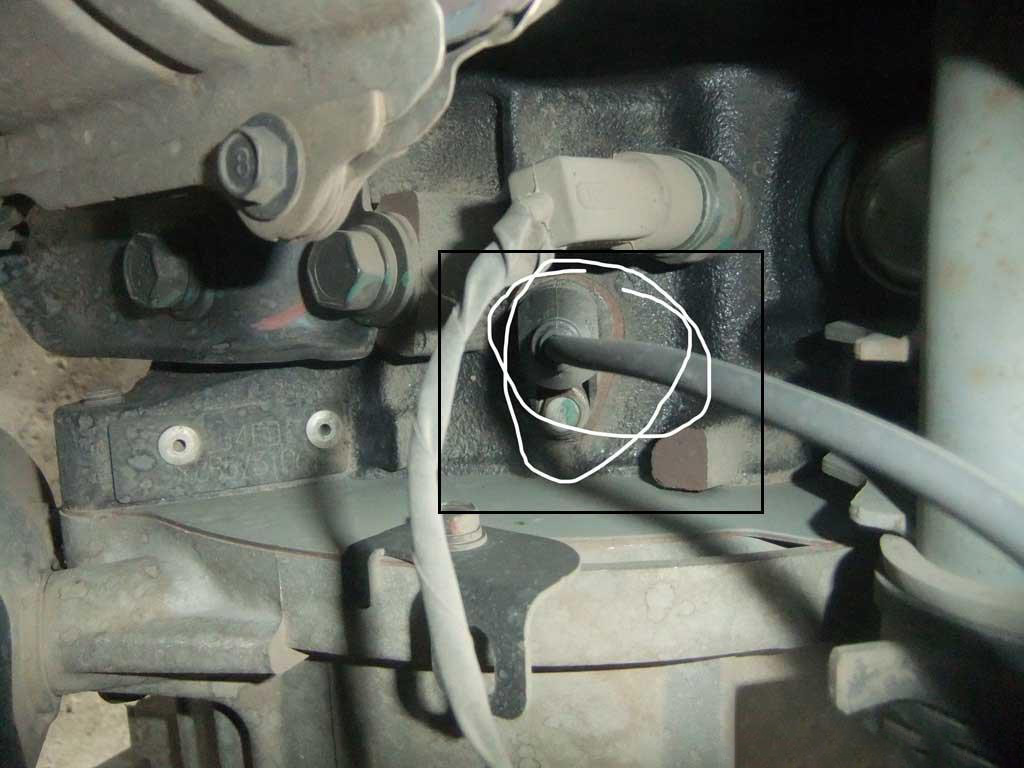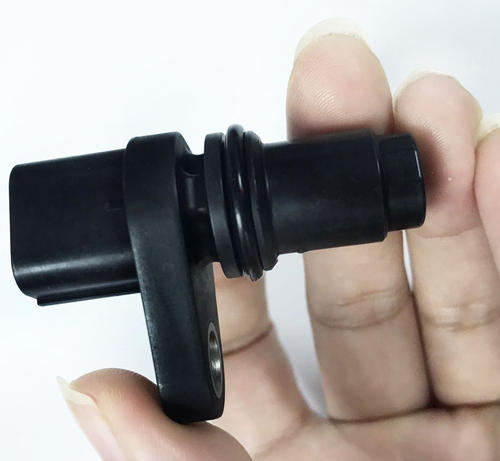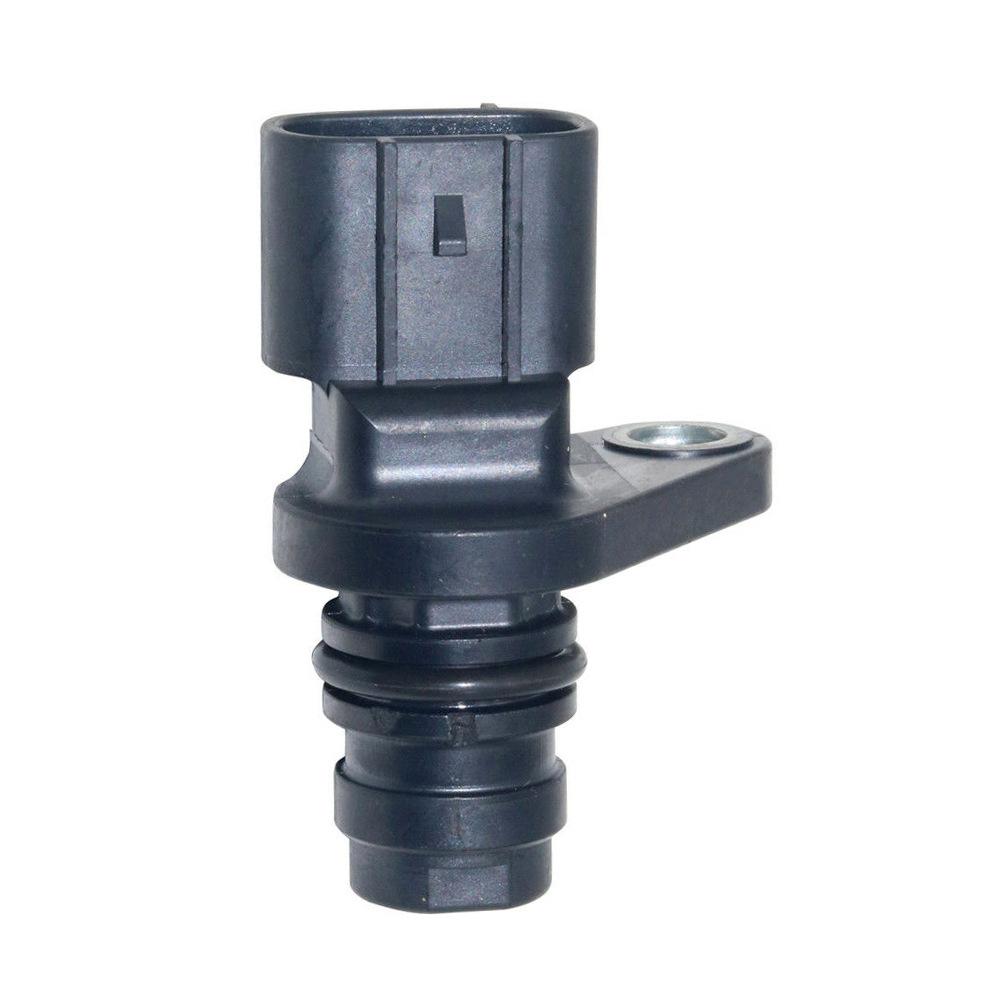What is the function of the crankshaft sensor

1. Detect engine speed, determine fuel injection quantity and ignition advance angle.
2. Detect the reference position of the engine reference cylinder, perform cylinder sequence discrimination, and further determine any position of the piston.
3. Detect the angle of the crankshaft, determine any position of the piston, and determine the ignition time and fuel injection time.
4. In addition to controlling fuel injection and ignition, it is also used for idle speed control, exhaust gas recirculation control, fuel evaporation control, etc.
Crankshaft sensor function characteristics is one of the key components of whether the engine can be started. It provides the ignition advance angle (the best ignition timing position) signal. At the same time, the signal of the crankshaft position can detect the piston top dead center, the crankshaft angle and the engine speed.
The dfsk glory 360 crankshaft position sensor is an important component in the electronic control system, which provides an important reference or signal for ignition and fuel injection, and measures the engine speed signal source at the same time.

Classification of crankshaft sensors
Magnetic pulse type
The magneto-electric induction type speed sensor and the crankshaft position sensor are installed in the distributor on the upper and lower levels.
The sensor is composed of a permanent magnet induction detection coil and a rotor (timing rotor and speed rotor), and the rotor rotates with the distributor shaft.
The timing rotor has one, two or four teeth and other forms, and the speed rotor has 24 teeth. The permanent magnet induction detection coil is fixed on the distributor body.
If the speed sensor signal and the crankshaft position sensor signal are known, as well as the working sequence of each cylinder, the crankshaft position of each cylinder can be known.
The rotor signal plate of the magneto-electric speed sensor and crankshaft position sensor can also be installed on the crankshaft or camshaft.

Hall type
Signal generator using Hall effect.
The Hall signal generator is installed in the distributor, coaxial with the distributor head, and is integrally fixed on the distributor plate by the packaged Hall chip and permanent magnet. The number of notches on the trigger impeller is the same as the number of engine cylinders.
When the blade on the trigger impeller enters between the permanent magnet and the Hall element, the magnetic field of the Hall trigger is bypassed by the blade. At this time, no Hall voltage is generated, and the sensor has no output signal;
When the notch on the trigger impeller enters between the permanent magnet and the Hall element, the lines of magnetic force enter the Hall element, the Hall voltage rises, and the sensor outputs a voltage signal.
photoelectric type
consists of a signal generator and a signal plate with light holes.
The signal plate and the distributor shaft rotate together, and the signal generator is installed on the distributor shell, which is composed of two light-emitting diodes, two photodiodes and a circuit.
The light-emitting diode is facing the photodiode. The signal plate is located between the light-emitting diode and the photodiode. Because there are light holes on the signal plate, the phenomenon of light transmission and shading alternately occurs.
When the light-emitting diode beam hits the photodiode, the photodiode generates a voltage; when the light-emitting diode beam is blocked, the photodiode voltage is 0.
After these voltage signals are partially reshaped and amplified by the circuit, they send signals when the crankshaft angle is 1° and 120° to the electronic control unit, and the electronic control unit calculates the engine speed and crankshaft position based on these signals.



